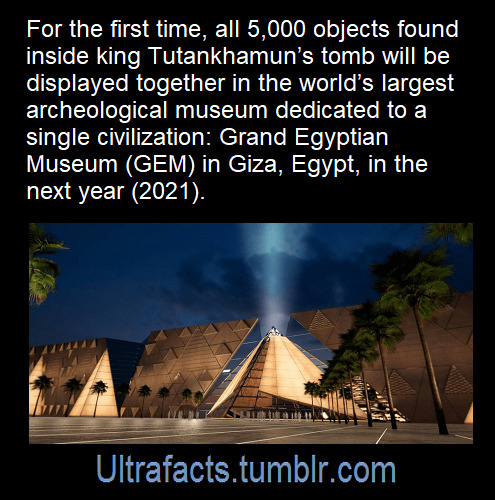Photo

Portrait of a man with a mole on his nose, A.D. 130–150, Metropolitan Museum of Art: Egyptian Art
Rogers Fund, 1909
Size: H. 39.4 x W. 19.3 cm (15 ½ x 7 5/8 in.)
Medium: Encaustic, limewood
https://www.metmuseum.org/art/collection/search/547857
417 notes
·
View notes
Photo

Officer’s Helmet with Crest, 16th–19th century, Metropolitan Museum of Art: Arms and Armor
Bequest of George C. Stone, 1935
Medium: Leather, iron, gilding, textile, fur, hair, jade
https://www.metmuseum.org/art/collection/search/32120
36 notes
·
View notes
Photo
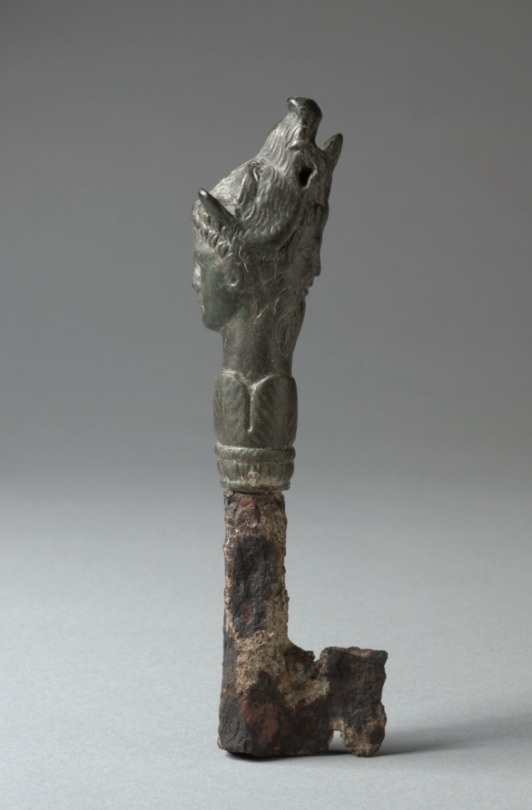
Key, 1-100, Cleveland Museum of Art: Greek and Roman Art
Size: Overall: 15.6 cm (6 1/8 in.)
Medium: iron tang, bronze handle
https://clevelandart.org/art/1952.586
115 notes
·
View notes
Text

Gavrilo Princip, the man who shot Frans Ferndinand which was one of the main reasons for the start of WW1, getting arrested by the Austro-Hungarian police moments after the assassination.
0 notes
Photo

Monument of Amenemone, 19th Dynasty (1279-1213 BC)
Granite, Borgia collection, inv. no. 1069.
The monument, certainly one of the most interesting and original sculptures in the Borgia collection, bears witness to the prestige and rank of Amenemone, chief of the Medjay, and of his family, who held key oles in the administration, the army and the clergy all over Egypt. The mummy figures depict the owner of the monument, his relatives, and those of his two wives. The prestigious titles of each are indicted, as well as the kinship relationship with Amenemone.
Text from the object plaque at the Naples National Archaeological Museum
172 notes
·
View notes
Photo

Fragment of a Roman equestrian statue
* 1st century CE
* Mallorca
* National Archaeological Museum of Spain, Madrid
Source: Ángel M. Felicísimo from Mérida, España, CC BY 2.0 <https://creativecommons.org/licenses/by/2.0>, via Wikimedia Commons
211 notes
·
View notes
Text
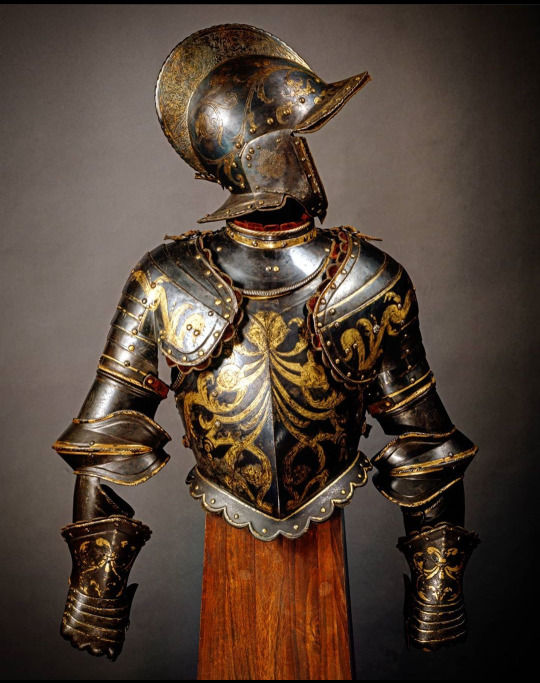
A half-armor of a Papal Guardsman, Brescia, Italy, ca. 1590, housed at the Museo Stibberto.
790 notes
·
View notes
Photo

Great helm, Heaume, Topfhelm, 14th century. Iron. Germanisches Nationalmuseum, Nuremberg.
https://www.instagram.com/p/CFHlObQljGM/?igshid=10dody8q9uhlh
237 notes
·
View notes
Photo
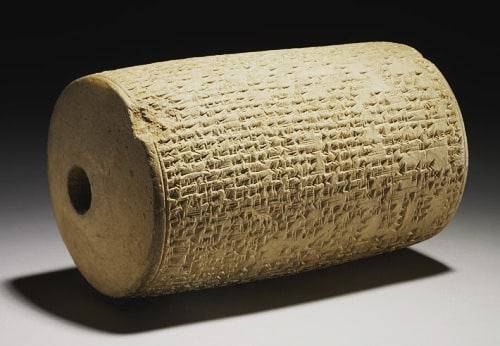
An inscribed clay cylinder found at Nimrud details how the Assyrian King Esarhaddon made Arbela’s temple to Ishtar “shine like the sun.”
Esarhaddon, also spelled Essarhaddon, Assyrian Ashur-aha-iddina (“Ashur Has Given Me a Brother”), (flourished 7th century BC), king of Assyria 680–669 BC, a descendant of Sargon II. Esarhaddon is best known for his conquest of Egypt in 671.
https://www.instagram.com/p/CFte3UflTY0/?igshid=1qaaqbjwtlm2h
60 notes
·
View notes
Photo

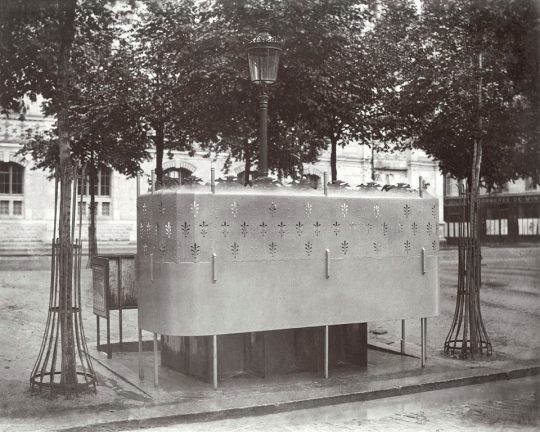




Paris urinals, photographed by Charles Marville, 1862-75
412 notes
·
View notes
Photo
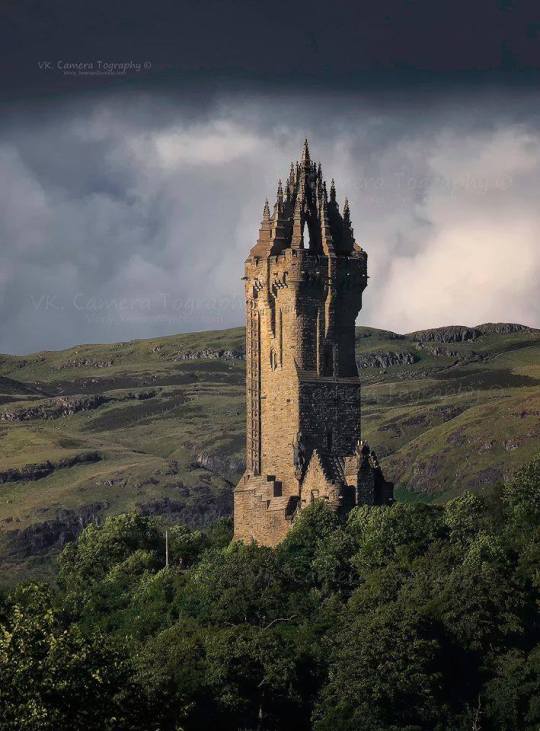
The National Wallace Monument (generally known as the Wallace Monument) is a tower standing on the shoulder of the Abbey Craig, a hilltop overlooking Stirling in Scotland.
324 notes
·
View notes
Photo

The Royal Library of Ashurbanipal, named after Ashurbanipal, the last great king of the Assyrian Empire, is a collection of thousands of clay tablets and fragments containing texts of all kinds from the 7th century.
https://www.instagram.com/p/CCCWYNxFful/?igshid=jr754fzj3ox8
69 notes
·
View notes


